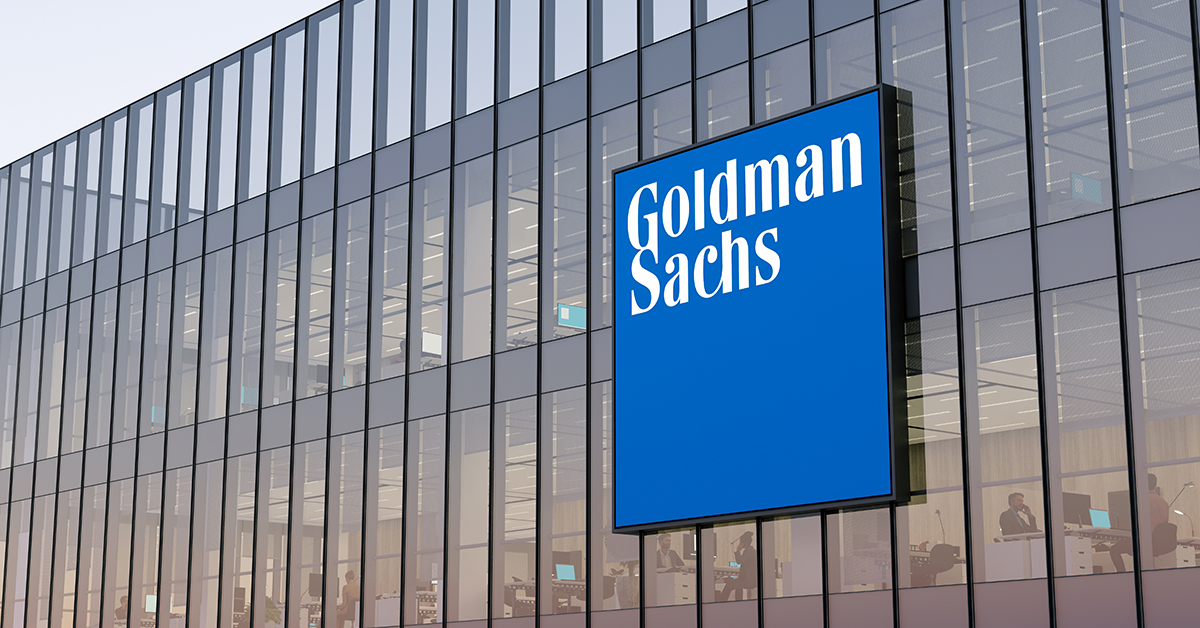
New York, NY, USA. May 2, 2022. Editorial Use Only, 3D CGI. Goldman Sachs Signage Logo on Top of Glass Building. Workplace of Investment Banking Company Office Headquarters.
Balancing the Inflation Battle The Dilemma of Tackling Inflation While Managing High Debt Goldman Sachs has sounded a warning about the delicate balancing act facing economies worldwide. Efforts to combat rising inflation, driven by increasing interest rates, could potentially clash with the burdensome weight of high debt loads. This article explores the intricate interplay between inflation-fighting strategies and managing escalating debt, and how central banks are navigating this complex economic terrain.
Inflation’s Impact on Debt:As inflation surges, it erodes the real value of debt. This has traditionally been seen as a silver lining for governments and borrowers with substantial debt burdens. However, the current scenario presents a unique challenge as inflation rates are escalating rapidly, potentially undermining the benefits of debt reduction.
The Conundrum of High Debt Loads:Many nations have accumulated significant levels of debt, both due to the economic impact of the pandemic and pre-existing fiscal deficits. The need to service and eventually reduce this debt remains a pressing concern, even as inflation rears its head.
Higher Rates and Government Balances:Increasing interest rates, driven by central banks as part of anti-inflation strategies, place added pressure on government budgets. Higher interest costs absorb a larger share of government expenditures, potentially crowding out spending on critical public services and investments.
Central Banks’ Anti-Inflation Tools:Central banks are tasked with the dual challenge of curbing inflation while ensuring that their actions do not trigger economic instability. They employ various tools, including interest rate hikes and monetary tightening, to combat inflationary pressures.
The Limits of Inflation Erosion:In the current economic environment, the ability of inflation to erode debt is somewhat limited. Rapidly rising inflation can lead to uncertainty and negatively impact consumer and investor confidence, potentially offsetting the debt-reduction benefits of inflation.
Policy Trade-Offs:Policymakers are faced with a complex set of trade-offs. While combating inflation is crucial to maintain economic stability, the measures taken to achieve this goal must be balanced against the need to manage high debt loads and protect the overall fiscal health of governments.
Long-Term Considerations:Striking the right balance between inflation control and debt management requires a long-term perspective. Policymakers must carefully consider the implications of their decisions on economic growth, employment, and the well-being of their citizens.
The current economic landscape presents a formidable challenge for policymakers and central banks as they grapple with the twin concerns of surging inflation and high debt levels. Striking the right balance between combating inflation and managing debt requires a nuanced and strategic approach. While central banks deploy anti-inflation tools, they must also be mindful of the potential impacts on government balances and the broader economy. This intricate dance between inflation and debt management will continue to shape economic policy decisions in the coming months and years.






